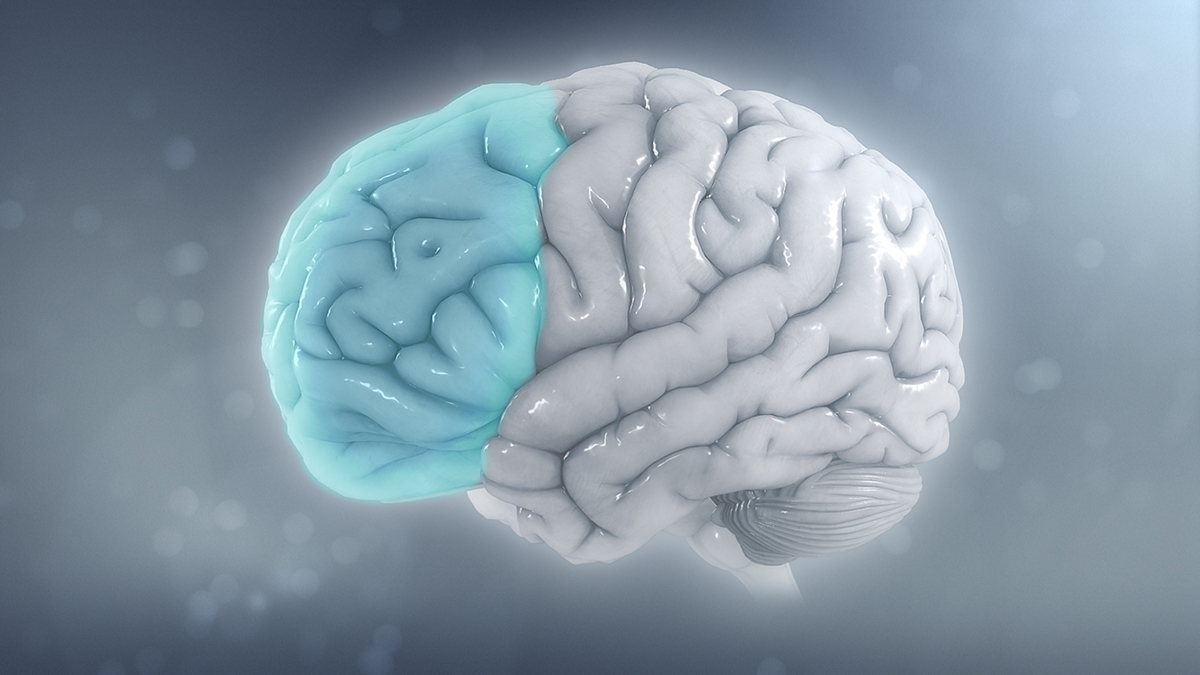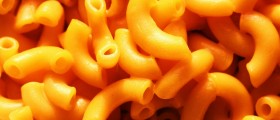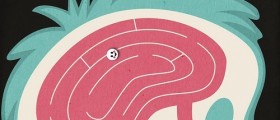
ADD/ADHD is the abbreviation for the attention deficit hyperactivity disorder. This disorder, as the name itself implies, is marked by the inability to concentrate and be attentive. This condition usually happens in the children and can be easily detected in school during a class. The attention deficit hyperactivity disorder is neurological condition that appears in the early years and can last even in the adulthood.
Causes of ADD/ADHD
The attention deficit hyperactivity disorder can be caused by several reasons. It is considered that, in the majority of cases, certain modifications in the anatomy of the brain, as well as in the brain function, are responsible for the occurrence of this disorder. When the behavioral changes occur, it is due to the neurotransmitter dopamine. This condition can also be inherited. Furthermore, exposure to environmental toxins, drug abuse and maternal smoking are some of the factors that can lead to the occurrence of the attention deficit hyperactivity disorder.
Symptoms of ADD/ADHD
When a child has ADD, it is mean that he/she has minimal brain dysfunction. It is estimated that about ten percent of schoolchildren suffer from this disorder. When one has this condition, he/she is unable to control movement, attentiveness and speech, which is why hyperactivity, inattentiveness and impulsive behavior occur. The symptoms of the attention deficit hyperactivity disorder can be divided into two groups: inattentiveness symptoms and hyperactivity-impulsive behavior symptoms.
Inattentiveness symptoms
When a child suffers from this disorder, he/she has the problem to pay attention to the details, as well as to any task or play. Furthermore, he/she tends to lose things, such as toys, books and usually tries to avoid any task that requires mental efforts. It is also usual that he/she cannot organize tasks or activities and frequently does not complete the daily tasks. Children with ADD usually forget the daily activities and cannot carefully listen to anybody.
Hyperactivity-impulsive behavior symptoms
The most common hyperactivity-impulsive behavior symptoms are excessive activity, movement of the hands and feet restlessly and incessant talking, as well as constant restlessness and inability to do things peacefully. Those children with this disorder usually behave and act without thinking. For example, in school, such children blurt out the answer before the question is fully asked. Furthermore, they tend to interrupt games and other people’s conservations and they are very impatient and demand constant attention. The attention deficit hyperactivity disorder usually causes low esteem, depression and anxiety in children, as well as aggressive or violent behavior.

















Your thoughts on this
Loading...